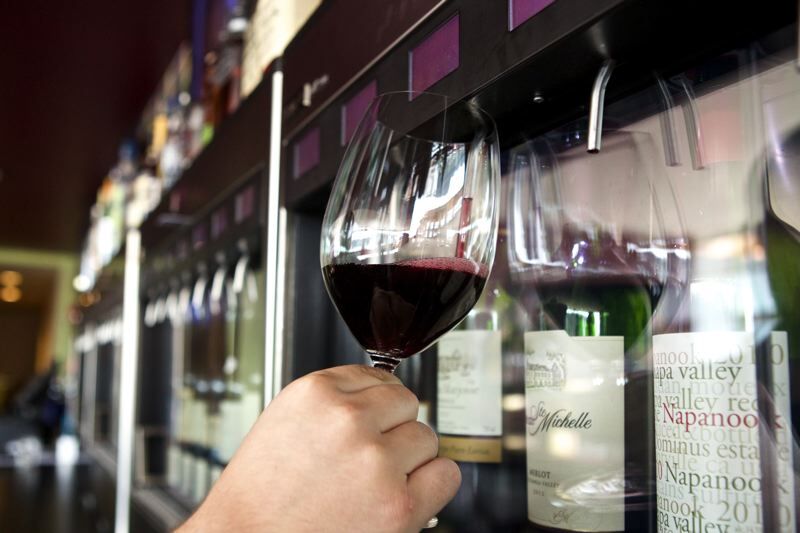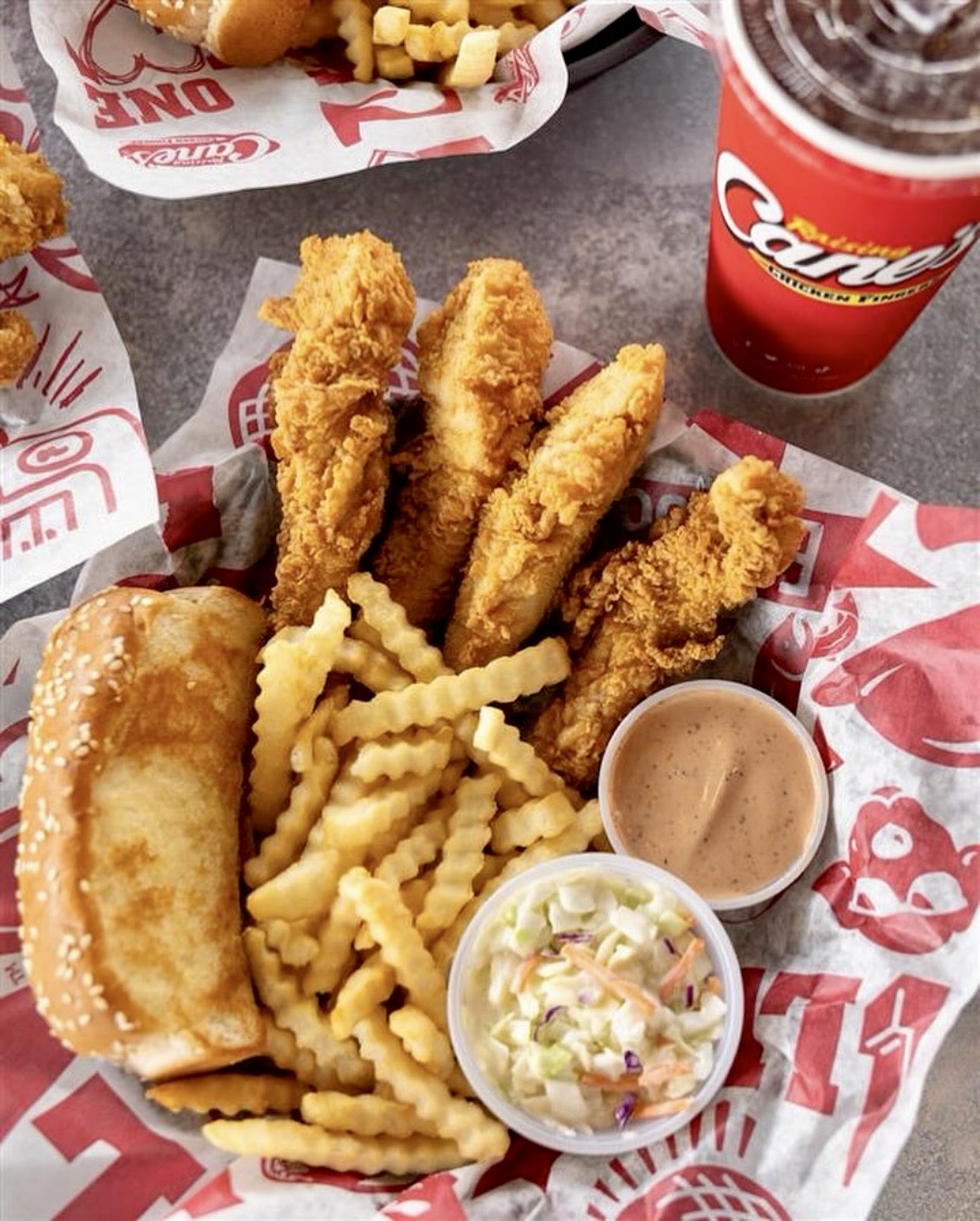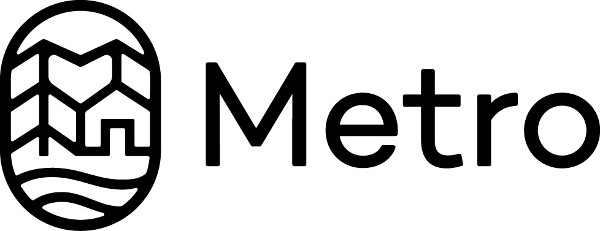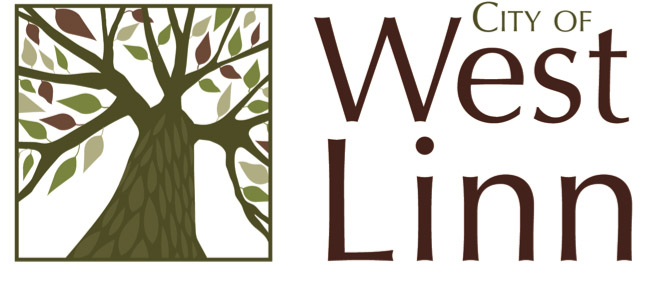Can drinking save Hollywood?
Published 12:00 am Tuesday, September 9, 2014

- A server at the regal Fox Tower in downtown Portland pours wine during the 5 oclock influx. Servers need special OLCC training.
Any adult who recently sat though the movie “Teenage Mutant Ninja Turtles” knows it might have seemed better after a pitcher of ale, or perhaps a goblet of Cliff Creek Claret.
Trending
Perhaps that explains why so many Portland area movie theaters have been applying for liquor licenses from the Oregon Liquor Control Commission this year.
For years, independent and second-run theaters have made their profit on beer and pizza. From the Mission Theater and Pub in the mid 1990s when it cost one dollar to get in, to luxurious spots like Cinetopia and Living Room Theaters, where full meals are served at your extra wide lounger, integrating the bar and the big screen is a growing trend.
Now the mainstream chains such as Regal Theaters are getting in on the act. According to the OLCC, the Regal Theaters Evergreen Parkway 13, Pioneer Place Stadium 6, Bridgeport Plaza 18, Eastgate Theater Inc., Stark Street Stadium 10, Movies on TV Stadium 16, Fox Tower Stadium 10, Tigard 11 and Lloyd Center 10 all now have licenses to sell beer and wine as of April 2014, as do The Valley River Center Stadium 15 in Eugene and the Old Mill Stadium 16 in Bend.
Trending
Applications are pending for Sherwood Stadium 10 and Hill Top 9 in Oregon City.
At Regal locations such as Fox Tower, sitting next to the popcorn butter squirter and the coffee machine are modest glass-fronted fridges holding bottles of craft beer, such as Ninkasi, and wines such as Boomtown Shiraz and Erath pinot. At $6 a beer, the drinks menu doesn’t have that gouging feel of a $2.50 box of Junior Mints or a $7 bucket of popcorn. It’s a subtle presence — no plastic signs, no fake neon.
According to Lauren Beitelspacher, Assistant Professor of Marketing in the School of Business at Portland State University, the theaters are probably doing it “To make it feel like more of a night out and an event,” she said. “Instead of going on a date to a bar, you’re killing two birds with one stone.”
Beitelspacher speaks as mother of a 2-year- old.
“Recently my husband and I went to our first movie together in a year and it felt like special treat. He could have a drink, and I would have but I am pregnant.” She adds that “No way” could they have gone to a bar afterwards with a babysitter on the clock. “It was too late, anyway.”
Movie theaters face fierce competition from those who would stay home to watch movies on a RedBox DVD or Netflix, snifter in hand.
You only need look at the top 10 digital movie purchases and rentals after actor Robin Williams died. Second on the list was Dead Poet’s Society. Fifth and eighth were Mrs. Doubtfire and Good Morning Vietnam. People’s instinct was to stay home in droves to mourn, and to laugh. The data, collected by Portland company Rentrak, includes Internet Video on Demand (iVOD) and electronic sell-through for movie purchases and rentals.
And then there’s the threat from the golden age of TV, which critics hail as better than anything that can fit in a two-hour window, and the binge-watching public agrees.
To Beitelspacher, it makes business sense for the chain theaters to get a liquor license.
“Think about McMenamins, they are bars that offer movies. This is just the flipside, movie theaters that sell alcohol.”
She points out that movie theaters are like airports.
“You’re a captive audience, you can’t bring anything in and you’ll pay anything because of the convenience. You’re a hostage customer.” The money must be in the concessions because there are usually more servers than ushers at these places.
According to Regal’s 2014 financial statement, concessions brought in around $400 million in revenue and cost a lot less — around $50 million. Nonetheless, she is sympathetic to the chains.
“They all had to switch from real film to digital a few years ago, that was a big expense. But food costs are stable, concessions are a steady source of income. And they use the profits to keep theaters clean and provide security. If they pay a ton of money for a movie and it’s a flop, they’re out.”
In terms of take, adjusted for inflation, this has been the worst summer in North America for moviegoing since 1997. Again according to Rentrak, US and Canada movie sales were $3.9 billion this summer, down 15 percent on 2013. Tom Cruise’s “Edge of Tomorrow” flopped, taking in just $99.9 million (it cost $250 million to make) as did “Hercules” and “Sex Tape.” The big money makers were “Guardians of the Galaxy” ($258 million) and “Maleficent” ($237.6 million). Basically, kids stuff.
Paul Dergarabedian, a Senior Media Analyst at Rentrak, the global movie and TV tracking company, says he does not think theaters would add alcohol sales as a sudden reaction to one bad summer. And he points out that this year was only a bust when compared to a record 2013. Analysts expect 2015 to be another record year at the theatrical box office.
“I think it’s more related to the ongoing trend of movie theaters offering higher-end amenities,” Dergarabedian says. “They want to create a complete night out. And it keeps them in the theater, keeps them spending money.”
He says people have no problem drinking a beer next to their kid at a baseball game, but movie theaters are one of the last bastions of alcohol-free mass entertainment.
“It’s hard to sell adults on the notion of a high-end experience without alcohol being involved.”
According to OLCC spokesperson Christie Scott, “There’s no mad dash to get licenses. I think it’s just something that is there for theaters and they are availing themselves.” If there’s a license mad dash, she reckons, it’s for growler stations and bike bars. Not to mention pizza stores like Noble Roman’s Take and Bake and Godfather’s Pizza.
A liquor license takes on average three months to approve when there is no public opposition. Limited licenses are just for beer and wine sales. A full commercial license allows spirits too, but requires different liabilities and postings for minors. However, an 18-year-old movie theater concession clerk can serve beer and wine, so long as he or she has taken a short (online) course.
Scott says the OLCC shares best practices with those applying for liquor licenses, “But if they put a compliance plan together, about location, layout etcetera, and they feel they can control things,” the OLCC leaves them to it. Regal has strict rules about controlling the booze: a 17-point alcohol control plan written by John Curry, Senior Vice President of Food Services, Regal Entertainment Group. Points include limiting customers to three drinks and making them wear wristbands.
Curry told the Tribune in an email, “Our guests’ tastes and expectations have evolved over the years and we must be prepared to meet the demand. We currently offer a variety of local and national beer and wine brands.”
He added that Regal offers some form of alcohol service in six other states. “We evaluate sites on a case by case basis.”






